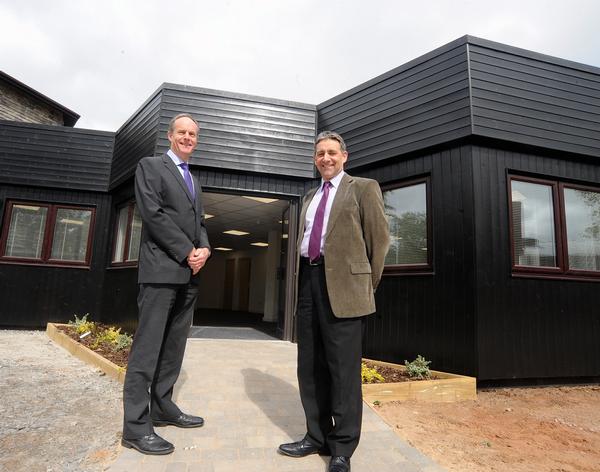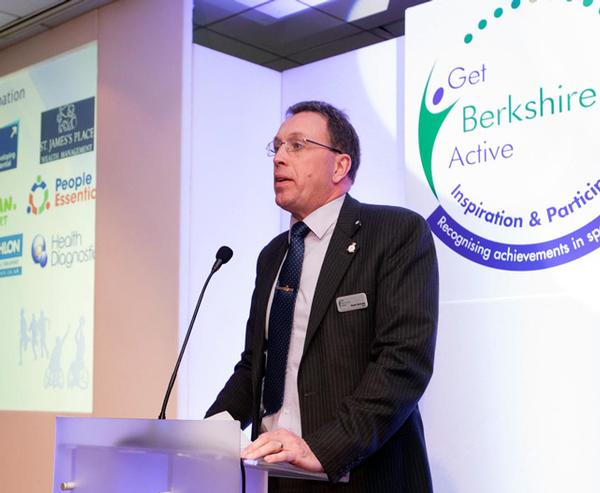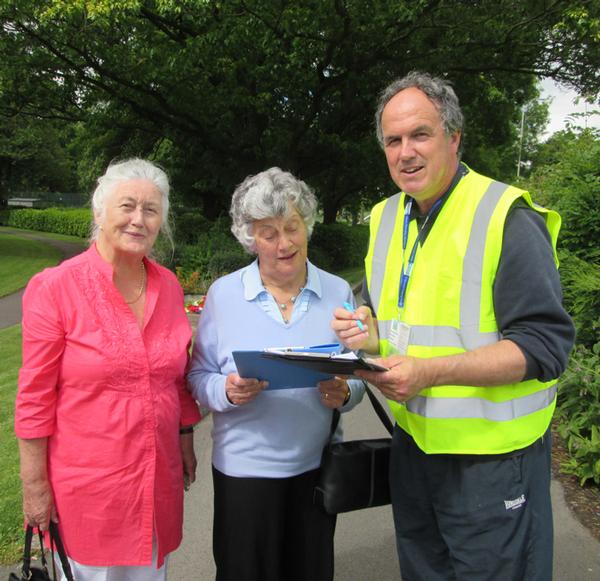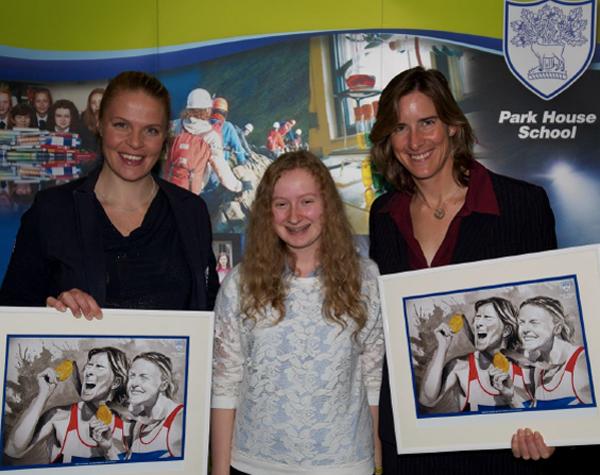FOOTBALL & SYNTHETIC TURF - A MAJOR STEP FORWARD
Across football the acceptance and popularity of synthetic surfaces continues to grow, with 3G pitches now seen as a valuable asset for any club. But how many buyers understand the different yarn options and the impact they have on the final playing surface? Bonar Yarns tells us more

More clubs, communities and schools are interested in installing high performance football surfaces that are free from mud, slippage and cancelled/postponed games. Within the synthetic turf industry, a multitude of systems exist to meet the needs outlined by end users – whether they are looking for durability, resilience, softness or enhanced performance. Whether the needs are met can be significantly impacted by the choice of yarn used. SAPCA member Bonar Yarns takes us through the four main types of synthetic grass yarn used in mainstream football.
Monofilament yarns
In the last decade monofilament yarns have become the preferred choice for most artificial pitches, as they are the best at meeting the stringent safety and quality requirements set by governing bodies including FIFA and World Rugby.
The individual monofilament fibres increase strength and resilience, facilitating improved ball roll and body-surface interaction with dense monofilament surfaces offering fantastic protection against the weather and intense use, whilst offering amazing comfort. These types of constructions also self-support, allowing yarns to stay upright for longer increasing its life expectancy, particularly for intensively used football fields.
Fibrillated yarns
Recent technological developments in fibrillated yarns has extended the lifetime of synthetic pitches beyond what was previously possible. Perfect for facilities that will be subjected to intensive use, some fibrillated yarns can withstand up to 140,000 Lisport cycles, which is a durability test, before any effects are seen, delivering greater playing time and increased ROI. The web of fibres also encapsulates rubber infill reducing rubber splash, allowing surfaces to have a lush, natural appearance – not to mention providing exceptional tuft lock to maintain its high quality. The surface also requires less maintenance.
Combination thatch yarns
The more fibre ends a surface has, the more natural the pitch looks and feels, which is precisely what a thatch system offers. Combining monofilament yarns with a twisted, thinner fibre known as ‘thatch’, mimics the roots of natural turf providing a more stable playing surface. The thatch support also reduces rubber splash, providing a more natural looking pitch whilst providing a ‘spring-like’ feel, which reinforces support underfoot – enhancing safety and comfort for top-flight football.
Reinforced natural turf/hybrid yarns
Reinforced natural turf, sometimes also referred to as hybrid, infuses a natural grass surface with synthetic fibres, making it perfect for those looking for a pitch that provides a natural look and feel whilst delivering far greater use.
The resulting surface possesses major advantages over regular natural turf pitches such as increased durability, weather resistance and the ability to access new revenue streams.
Whatever yarn is being considered, SAPCA would recommend that buyers consult its Code of Practice for the Construction and Maintenance of Synthetic Turf Sports Pitches.
In addition, details of SAPCA approved manufacturers and installers can be found on its website – www.sapca.org.uk
Ensuring the quality of tennis courts
As part of its new Quality System, the Sports and Play Construction Association has confirmed the 2015 inspection programme for tennis court projects
Selected members of SAPCA’s Tennis Court Division will have examples of their projects audited in September, with facilities inspected by a team including SAPCA’s project manager and a representative of the Lawn Tennis Association – a supporter of the initiative.
This year’s inspection programme will follow the format introduced in 2014, when the first eight specialist tennis court contractors were audited. Under the Quality System, approximately a third of the members of the Tennis Court Division will take part in the audit each year, meaning that all recognised tennis court builders within SAPCA will have their work inspected at least every three years.
The inspection of completed tennis court projects has been an essential part of the application process for potential members of the Tennis Court Division since SAPCA was formed in 1997. Together with the other strict membership criteria, the mandatory inspection of applicants’ work has helped to ensure that only contractors with the requisite expertise and experience are accepted into the Tennis Court Division.
Other membership criteria include compliance with both the association’s code of professional conduct and the industry’s code of practice for the design and construction of tennis courts, as well as precise requirements for financial stability. SAPCA works closely with credit experts Experian, using the Commercial Delphi system with Experian’s risk reports, to ensure all contractors meet the required standards for financial strength both on admission to SAPCA and to retain membership each year.
As part of its code of professional conduct, SAPCA operates a technical mediation service, through which impartial advice can be used to assist in the resolution of any disputes between members of the Tennis Court Division and their clients.
SAPCA has been very keen to ensure that all Tennis Court Division members continue to comply with the standards required of them, and the Quality System will play a key role in this. SAPCA’s Tennis Chairman, Tom Ralph, said: “The Quality System helps to ensure that the industry continues to deliver the high quality of tennis courts demanded by the marketplace. It also plays a valuable role in providing valuable, constructive feedback to members, and sharing best practice.”
Each tennis court and MUGA project being inspected is rated using an agreed scoring system, with various aspects of the completed facility being assessed, from overall aesthetic appearance through to the quality of the playing surface and workmanship. Courts are evaluated against agreed project specifications and standards set out in the code of practice.
Minimum acceptable scores for projects have been agreed by the industry, and any company not able to meet the requirements of the Quality System will face suspension or removal from the Tennis Court Division.
Tom Ralph continues: “It’s vital that SAPCA takes a robust approach to standards by its members. We have worked hard over many years to establish a reputation for high quality and the Quality System is an important means of providing reassurance to tennis clubs, schools, local authorities and all of our other clients that they should choose members of the Tennis Court Division for their projects.”
Further information about the Quality System and Tennis Court Division, see www.sapca.org.uk.

New HQ for SAPCA
After sharing offices in Stoneleigh Park, Warwickshire, since 1997, the Sports and Play Construction Association (SAPCA) has now moved into its own headquarters for the first time.
The move reflects the growth of the Association and is the next step in its aim of broadening its reach across the industry.
The new HQ, called the Hexangle due to its unusual shape, has undergone a full refurbishment by LaSalle Investment Management as part of an on-going transformation of Stoneleigh Park. The refurbishment has dramatically transformed the building with a modern open plan office space, meeting rooms and storage facilities. The overhaul also included the installation of environmentally friendly systems including energy efficient LED lighting and air source heating.
Chris Trickey, CEO of SAPCA, said: “It is a coming of age for us. SAPCA has been in existence for 18 years and during that time has been based in a small office in a shared building at Stoneleigh Park, but we have outgrown that space. Now we’re spreading our wings and moving into our own headquarters for the first time. This is quite a milestone – not only are we taking on bigger premises and doing so under our own steam, but it is also key to our plan to grow and develop as an association.
The not-for-profit organisation has more than 220 members involved in sports and play facilities including contractors, manufacturers, suppliers, consultants and sports governing bodies.
Trickey said: “As a trade association we are here to deliver benefits and services to our members, but our most important role is to promote high quality sports and play facilities at all levels, from grassroots to elite, across the country.
“Our plan is to increase our membership by reaching more parts of the industry and continuing to develop standards and guidance for different types of sports and play facilities. Stoneleigh Park was always going to be first choice for our new base. As a national organisation hosting meetings and conferences for companies based all over the country, being in a central location with excellent transportation links is key.”

Get Berkshire Active tackles the physical inactivity epidemic
At SAPCA’s Sports Facility Show on 9 June, Get Berkshire Active gave a presentation about the worryingly low levels of physical activity in the younger generation and the cost of this lack of exercise, from a healthcare and a financial perspective.
Among Get Berkshire Active’s findings were that 46 per cent of physically inactive boys are more likely to consider themselves poor students. In later life, physical inactivity leads to workers taking approximately one week extra off work a year than their more active colleagues for illnesses and, ultimately, leads to 5.3 million premature deaths, all due to inactivity.
Brett Nicholls, CEO of Get Berkshire Active, said: “The country is experiencing an epidemic of physical inactivity that is having a devastating effect on our children and young people with tragic consequences to their health, and at the same time creating an unsustainable burden on the NHS and local services. We bring funding and expertise down from national sources to inspire, enhance, co-ordinate and deliver physical activity and sporting outcomes where they matter locally.”
• For more information about Get Berkshire Active, visit www.getberkshireactive.org. To see the presentation in full and to download other helpful sports and play resources,
visit www.sapca.org.uk

SAPCA presents award to Shropshire CPFA
At the recent National Conference of the County Playing Fields Associations, the Sports And Play Construction Association (SAPCA) presented an award for outstanding achievement to shropshire CPFA in recognition of its valuable work to support the development and protection of local sports facilities and open spaces.
The Shropshire CPFA is leading a survey of facilities within Church Stretton that will provide a robust assessment of local needs and support planning and funding applications for future projects.
Receiving the award, David Kilby of Shropshire CPFA said, “We are delighted that this important project has been recognised through the Award, and very much hope that the model will be repeated across the country, and therefore make a significant contribution to grassroots sports and play. The outcomes will provide evidence to help protect, enhance and improve open spaces, sport, play and recreational facilities for the Church Stretton town area as it evolves into the future. Identifying new ideas, aspirations and opportunities that will help increase levels of participation and new sources of income generation,” he added.
Shropshire Playing Fields Association are taking the lead on delivery of the project which includes working closely with the local town council, local schools, leisure centre, sports clubs, Shropshire Council and, most importantly, the local community. The National Conference was held on 17th June at the Ramada Hotel in Kenilworth, and was supported by SAPCA.
Delegates from CPFAs and local authorities gathered from across the country to debate the key issues affecting the future protection and use of playing fields, and to promote the vital importance of the sport, play and physical activity sectors.

‘What has PE and sport ever done for us?’
This was the question raised by Derek Peaple, headteacher of Park House School & Sports College, Newbury, at SAPCA’s Sports Facility Show in Reading’s Madjeski stadium in June.
“Those of a certain age – or with a particular taste for British comedy – will remember an iconic scene from the popular 1979 Monty Python Film, The Life of Brian,” explains Derek.
“Members of The People’s Front of Judea debate what ‘benefits’ their Roman oppressors have brought them, ironically concluding, ‘All right – but apart from the sanitation, medicine, education, wine, public order, irrigation, the roads, the fresh water system and public health, what have the Romans ever done for us?’
“It was with equal irony that I therefore recently posed a re-phrased question to delegates at June’s Sports Facility Show: what has the use of PE and school sport ever done for us?”
Based on his own experiences as Headteacher at Park House School, Derek summarised that it has shaped learning in a wide range of related areas, providing a framework for: the development of values-based whole school culture; curriculum innovation and enrichment; students’ social, moral and cultural development; an inclusive praise and reward system; and partnership working.
Examples of how Park House School uses PE and sport beyond the normal curriculum can be seen in Mr Peaple’s presentation, available in the “events” section at www.sapca.org.uk


Recreation Assistant
Duty Manager (Dry)
Swim Teacher
Swim Teacher
Chief Executive Officer, Mount Batten Centre
Swim Teacher
Swimming Teacher
Swimming Teacher
Company profile

Featured Supplier

Property & Tenders
Company: Knight Frank
Company: Belvoir Castle
Company: AVISON YOUNG
Company: London Borough of Bexley
Company: Forestry England












